Regularly publishing content on your museum’s website is a means of directly showcasing its exhibitions, its collections and its know-how, as well as raising its profile. That said, creating added value content is not something you can just drum up, whether it’s brand content or content marketing. In this article, we share a selection of tips to help you build and maintain a relevant and effective editorial calendar for your website.
What is an editorial calendar?
An editorial calendar is a tool that allows you to organise, produce, manage and, in short, plan your content for publication, printing or broadcast through your various communication media: blogs, partner sites, social media, newsletters, posters, flyers, etc.
Diligently researched and monitored, it offers your whole team an overview of your productions and, as such, is an essential tool in the deployment, success and optimisation of your content strategy.
Preliminary steps
Make a detailed list of your various target audiences
With content, it’s all about delivering the right message to the right person. To do this, you need to have as accurate an idea as possible of your audience’s standard profile – age range, geographical location, language(s) spoken, centres of interest, favourite digital media, purchasing behaviour and preferences, etc. Whether they concern your visitors, potential visitors, journalists or partners, this core data will provide you with sufficiently detailed contact sheets to be able to break them down and direct your content optimally.
Sending a post-visit questionnaire, a form to fill in to subscribe to your newsletter or with fields to complete in order to benefit from your loyalty programme are all good ways of collecting this information, providing of course that it is always processed and managed in compliance with the GDPR.
Determine the subjects that might generate interest
NFTs, responsible art, immersive installations… What are the subjects that are likely to interest your various audiences and that you can meaningfully associate with your activity and/or your values? This brainstorming phase is crucial for bringing out ideas for inspirational articles aligned with the expectations and preferences of your audience.
Draw up a list of events and highlights consistent with your activity
School holidays, year-end parties, heritage days, the museum’s anniversary, opening of an exhibition, etc. – these key events all provide opportunities for you to astutely propose intelligent, targeted and topical content.
By way of example, with the approach of World Crystal Day it might be a good idea for the Musée du Cristal de Paris (Crystal Museum in Paris) to write and promote a white paper on the various kinds of crystals and their advantages when used in the field of energy, in parallel with the launch of its new immersive exhibition.
List the types of production based on set targets
Exhibition teasers, interviews with art lovers, podcasts, themed papers, computer graphics, newsletters, etc. – the possibilities are endless. Be creative and vary the formats, while at the same time remaining consistent! At the same time, be sure to define and quantify your targets for each production: boosting subscriptions to your newsletter by X%, generating a X% increase in sales on your e-store, gathering X new email addresses, etc.
Assess your production capabilities
Whatever the subjects and production formats envisaged, creating content requires time and concentration. Bear in mind that quality should always take precedence over quantity. We advise you to take check your resources before outlining an overly ambitious strategy: time, staff, budget, etc. If you’re short on time you can always outsource the writing/production of some content.
Creating an editorial calendar for your museum
Now all that’s left to is incorporate all this information into a table you can monitor and update regularly. One layout option could be days or weeks in rows for example, and communication channels or identified content themes in columns.
Some elements to include in your editorial calendar might be:
- the dates and frequency of publication
- the type of production in question: blog post, white paper, brochure, etc.
- the communications channels through which the content will be sent: newsletter, social media, app, etc.
- the qualitative and quantitative objectives of each content item
- the person(s) responsible for production
- the stage of advancement of each project
- whether or not the content needs relaunching/updating
and any other information that you find necessary.
Finally, we would point out that there are many project management solutions other than Excel that you can use to easily create an editorial calendar – for example, Asana, Trello, HubSpot and Monday.
Over to you!





